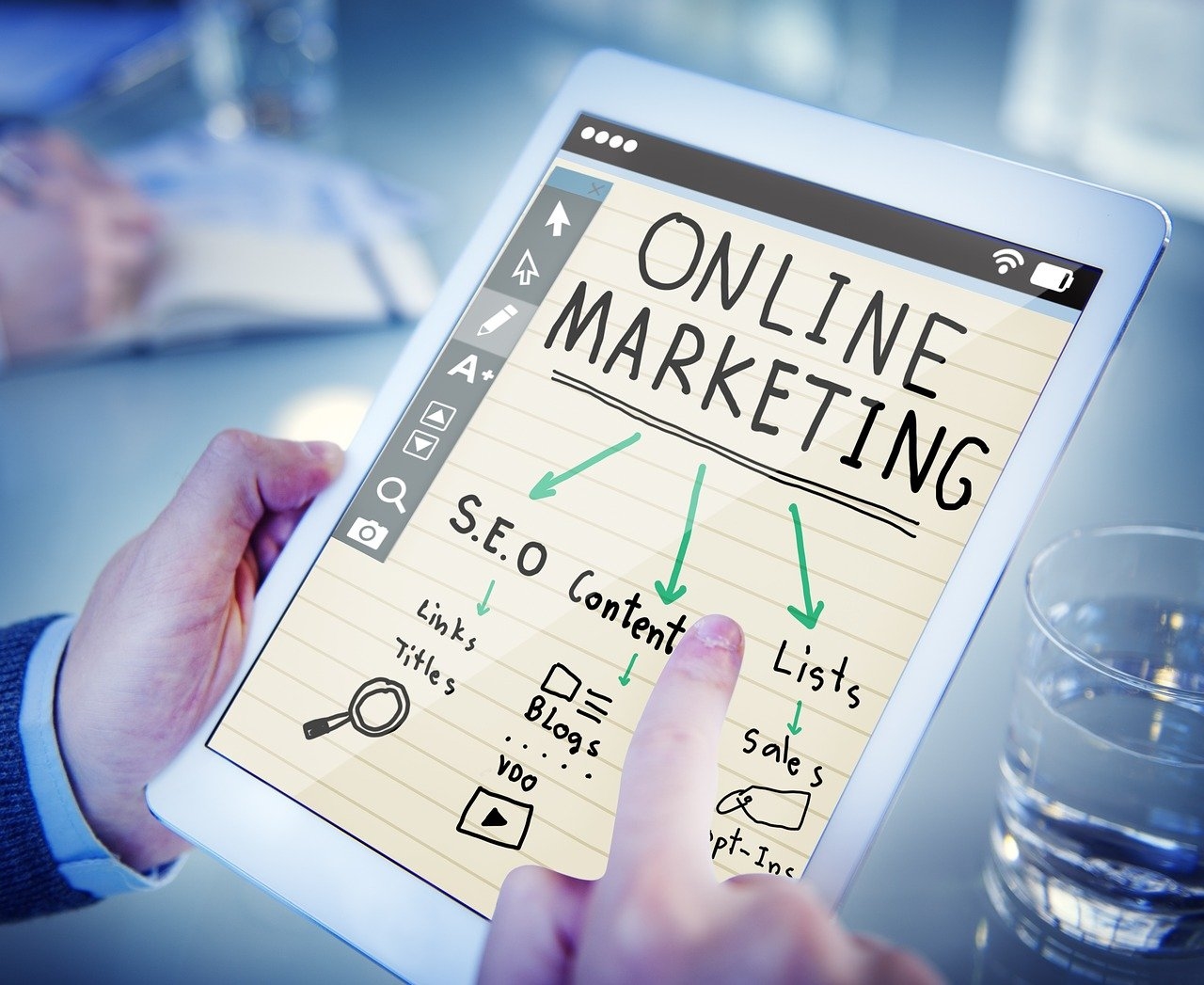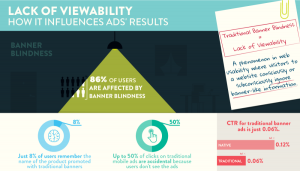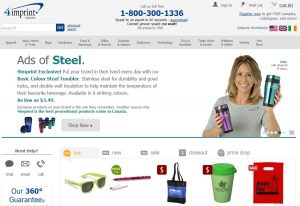
muneebfarman / Pixabay
In my humble opinion, every business today needs a website and technically, this is something that can be achieved within just a few hours. But there are many things involved in creating a website that will be a reliable business tool.
In the early days of the Internet, telling your partners that you have a website was something to be proud about. However, in today’s business world, if your website doesn’t add to your profit, it will become a liability.
To avoid creating a website that doesn’t add value to your overall business, here are some points to develop before moving on.
1 – Domain name
The domain name is a very crucial part of your website and should not be taken lightly. It’s actually the first thing every visitor tries to retain about your site. It’s the pointer to where your files and documents are located online.
Generally, your business name should be your domain name. However, if that name has been taken by someone else, you will have to get something meaningful and less confusing. Simply changing the domain extension may mislead your readers. If your competitor has businessname.com, you should avoid using businessname.net
I often advise against using special characters and figures in domain names. Make it short, memorable and readable. Names that are difficult to read are difficult to memorize too. Do not rush over this aspect of your business website.
2 – Web hosting
Web hosting is simply making your website available online 24 hours and 7 days. It is the most crucial factor of your website. Some key points include :
- Uptime, which is how available the site is online. Generally, you will hear of 99.99%.
- Load speed, which is how long it takes for your server to deliver the pages to the browser of the reader.
- Security, which is how protected your server is from attacks.
- Customer service, which is how quick and qualified the web hosting company’s customer service is.
There are generally two types of web hosting services available:
a – Free web hosting
Like the name suggests, it’s a service that hosts your website for free. An example of a free hosting service I have used with satisfactory results is Wix website hosting. Weebly is widely mentioned but my experience with it (from my counry) wasn’t good at all. There are many hosting services out there but I can only mention the ones I have experience with.
While free website hosting services are attractive because of the zero spending, they have lots of limitations:
- You cannot have your personal or business domain name as discussed in the point above. You only have a sub-domain name attached to a domain decided by the company offering the free service. However, most free hosting websites, like Wix, offer a premium plan as well that enables you to have your own domain.
- You have limited resources; disk space, number of databases, bandwidth, no email addresses, etc.
- Imposed ads on your website which sometimes is annoying and distracting to the visitors
- Limited customer service attention
b – Premium Web hosting
This is by far a better option for any business website. It has a long list of advantages. However, the availability of resources still depends on the hosting company and their hosting packages. But generally, you get:
- Your personal or company domain name
- More attention from customer service
- Email addresses (in many cases)
- Databases
- More storage space
- Improved load speed
- No imposed ads on your website
- No mention of the hosting service on your website
In any of these cases, you have to know the technicalities of your website. If your developer has to create specific software to run on your website, it’s imperative to buy a hosting service that has the resources to accommodate the application.
3 – Content and Static Pages
There are some pages on your websites that have to be static. These are pages with information that will only need to be consulted by the visitor. Some of them include the about us page, Services/Product page, Terms and Conditions page, etc.
Make sure you come up with these pages and have their content ready before moving on. While these pages are all important, some may be more important than others. Identify these very important pages and get them ready before making your website public.
One of the pages to lay emphasis on is the contact page. This is generally the connection between your business management and your website visitors. Add on the page all that’s necessary to make it easy for site readers to get in touch:
- Simplified contact form
- Phone numbers
- Site locations and maps
- Live Chats
- Social media profile links
4 – The blog
One of the areas of your business website not to be neglected is the blog. Your blog is a terrific sales force if proper attention and resources are turned to it. It allows you to get to a larger audience online through inbound marketing.
Your static product pages may not allow you to interact well with your customers on your website. But your blog does. It allows you to give out details about your products, educate your customers and help your website show up on search engines.
It will be a good idea to set your blog as a subdomain on your website like https://blog.domainname.com. But WordPress makes this even better. The Content Management System can be used as a blog and website at the same time. It gives you the facility to create pages and move your blog to a more accessible location like https://domainname.com/blog. With this, you don’t have to set up any additional app to manage your blog differently from your company website.
5 – Email List
One of the things to do before creating your business website is creating the Email List. This simply is a list of emails of readers who visit your site. Attaching an active blog to your site will help expose your business to many more visitors through content marketing. Putting in place a way to capture the emails of these readers to a list is a major step towards creating a marketplace.
Some questions you may want to ask are:
- Which list building platform or Email Marketing Service (EMS) should we use?
- What do we offer our readers to capture their email addresses?
- Which content do we send to our subscribers?
- What is the frequency of our mailing?
6 – Languages
If your business is international, you should think of making your website in different languages depending on your coverage. A bilingual or multilingual website can reach many more readers.
While technically setting up a bilingual website seems easy, more is needed at the level of content and interaction with readers. Do not have a contact page in French without making provisions to respond to messages in the language of the visitor.
I hope this is helpful.
Thanks for reading.
Digital & Social Articles on Business 2 Community
(8)









